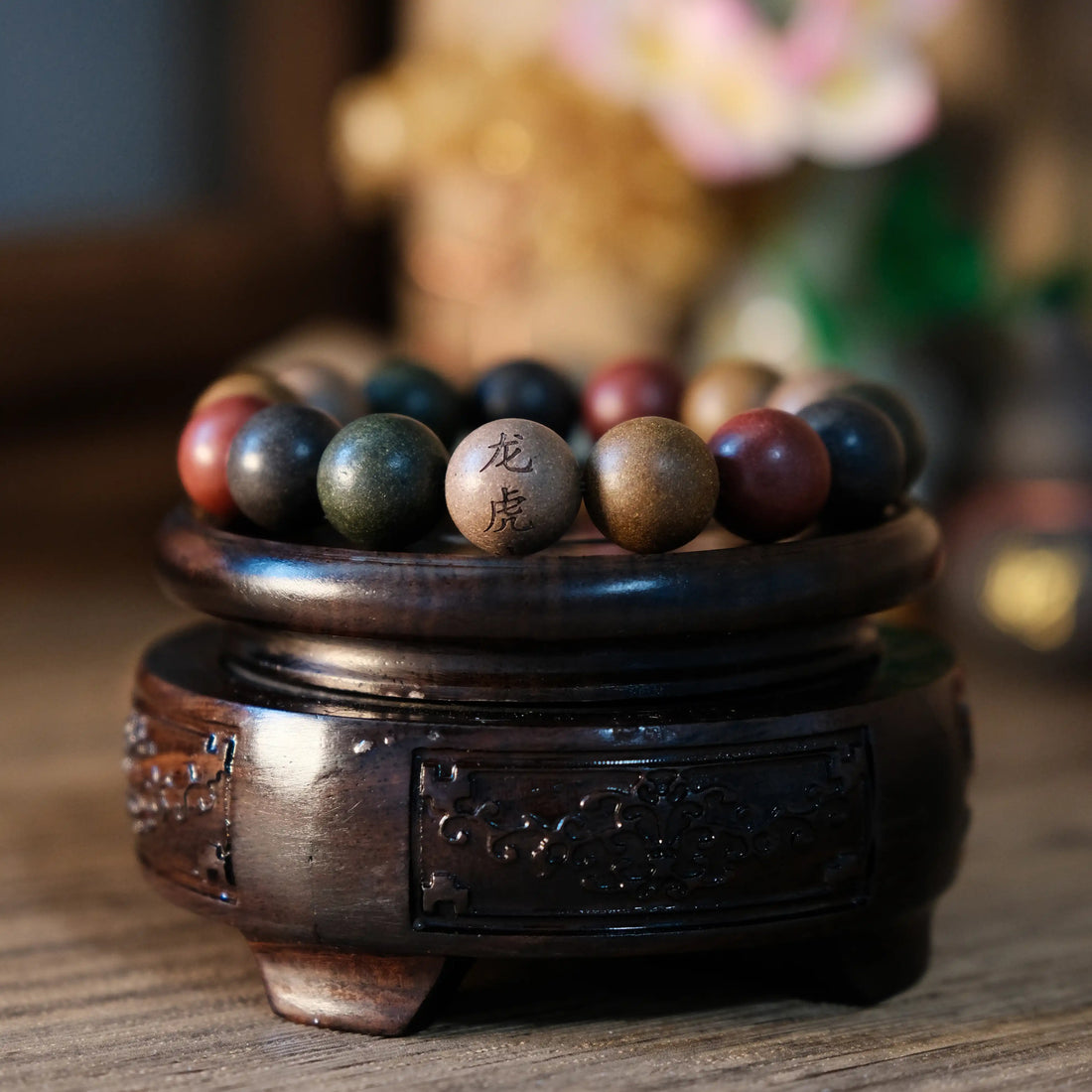
The Evolution of Traditional Chinese Amulets: A Non-Religious Perspective
Share
Amulets have long played a role in Chinese life—not as mere decorations, but as meaningful carriers of hope, memory, and protection. While many associate amulets with religious beliefs, they also have rich non-religious roots in folk culture, nature reverence, and symbolic expression.
1. Origins: Awe of Nature and the Desire for Protection
In early agrarian societies, humans sought ways to connect with nature’s mysterious forces. Amulets emerged from: - Fear of the unknown (natural disasters, illness, spirits) - Desire for blessings (fertility, health, safe travel)
Materials such as animal bones, seashells, and carved stones were tied to the body as primitive charms. These were not religious objects, but expressions of human instinct and hope.
2. Han to Yuan Dynasties: Changing Forms and Materials
Han Dynasty (202 BCE – 220 CE):
· Jade pendants with cloud patterns and dragons for protection and luck
· Bronze coins worn as symbolic shields
Tang Dynasty (618–907):
· Silk pouches with herbs, charms, or poems
· Embroidered talismans in clothing or belts
Song & Yuan Dynasties (960–1368):
· Gourd-shaped amulets (葫芦), representing life and healing
· Animal-shaped pendants for children’s protection
These evolved with craftsmanship, regional taste, and dynastic aesthetics—often blending artistry with daily life.
3. Modern Interpretations in Jewelry Design
Today’s accessory designers reinterpret traditional amulets with: - Minimalist jade pendants carved with auspicious patterns - Silver and brass coin necklaces referencing ancient forms - Protective bracelets with red cords or symbolic knots
These pieces carry cultural meaning while fitting modern fashion tastes.
4. Cultural Symbols, Not Just Religion
Even without religious function, Chinese amulets express: - Personal wishes: health, longevity, harmony - Social values: family, peace, filial piety - Aesthetic ideals: balance, symmetry, refinement
This makes them timeless cultural objects—part of wearable storytelling.
